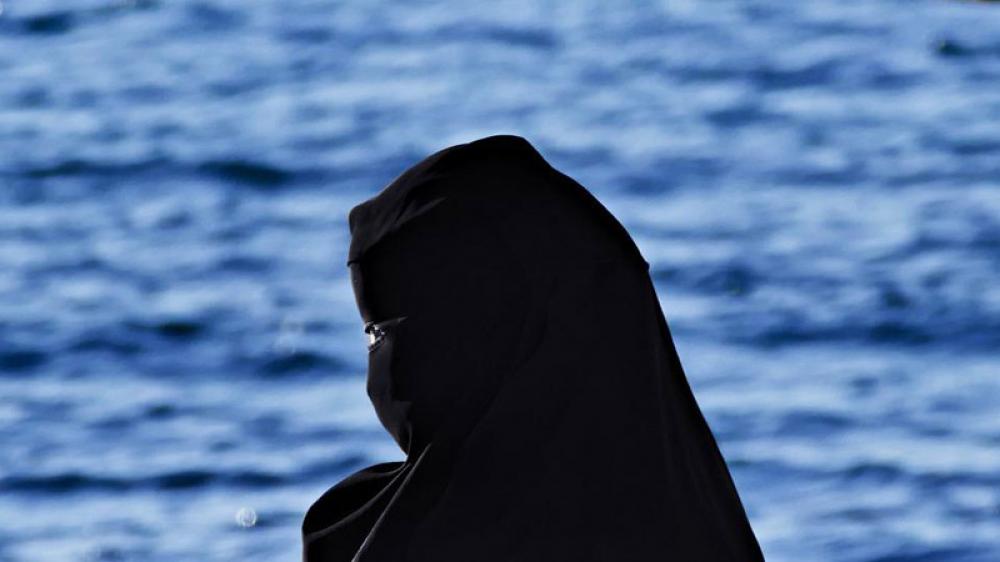Just Earth News | @justearthnews | 10 Mar 2023

Image: Pixabay
Making hijab a compulsory part of the uniform for girl students and women teachers in the Kashmir region it occupies are the latest measures that reflect misplaced priorities in Pakistan, where the ground situation belies official figures on literacy.
The March 6 order by the “Azad Jammu and Kashmir” education department specifically targets co-education schools where girls and women teachers in rural areas are merged with the boys’ schools since their numbers and school infrastructure do not match the requirements. The order applies to all female students and teachers.
Pakistani newspaper Dawn reported the order that requires covering all female heads was issued in ten districts. It quoted Deevan Ali Khan Chughtai, the “AJK minister for elementary and secondary education”: “We have done it exactly in observance of the injunctions of God and His Messenger (peace be upon him) […] The women have been ordained to wear veils and men have been ordained to lower their gaze.”
Chugtai went further in response to a question: “ideally hijab should also be enforced in universities” but since the students in varsities are “mature enough as compared to the adolescent high schoolers”, it had been enforced in high schools and higher secondary schools.”
Officially, the Kashmir region Pakistan controls has 92 per cent literacy among boys and 90 per cent among girls. The Gilgit Baltistan area supposedly tops it. But on the ground, it reflects the overall neglect and paucity of infrastructure that school education suffers in Pakistan, where girls are worse off compared to boys.
This is borne out by recent reports. The Global Citizen says: “Millions of Girls in Pakistan aren’t attending school.” It quotes the Human Rights Watch (HRW). British newspaper The Guardian also quotes from a survey. Millions of girls are especially at risk, and HRW is calling on the government to step up for their futures, the Guardian reported.
The report, titled “Shall I Feed my Daughter or Educate Her?” reflects the poverty and the prevailing socio-religious norms in a conservative, predominantly patriarchal society. “More than one-third of Pakistani girls are not attending primary school, compared to 21% of boys. Only 13% of girls are still in school by the 9th grade.
“Many of the girls we interviewed are desperate to study, but instead are growing up without the education that would help them have options for their future,” HRW Women’s Rights Director Liesl Gerntholtz told the Guardian.
In Pakistan, young girls miss school partly because of the Sunni Islamic militant group the Taliban. The group claims educating women goes against Islam.
The world has known of Malala Yusufzai who was shot, but survived when taken to Britain and is a Nobel laureate. There is little remorse and no punishment for the attackers.
According to the report, Pakistan’s school system is primarily responsible for the country’s education barriers. “The government hasn’t invested enough in schools, especially ones for girls,” HRW says. Unaffordable school fees, corporal punishment, low-quality public and private schools, corruption, and lenient regulation also contribute to the country’s education crisis.
“For many young girls in Pakistan, receiving an education is their only hope for avoiding child marriage,” it says.
A third of girls and a quarter of boys in Pakistan do not see schools or drop out by class nine but go for child marriage.
.jpg)
A report by Pakistan Today (October 2, 2022) places the multiple issues in a national and global context. On the lack of concern for out-of-school children, it says: “Too many children are being deprived of a chance in life.”
Abdul Rahman Shahbeer writes in this report: “Pakistan has the world’s second-highest number of out-of-school children, counting 22.8 million children between the ages of 5 and 16, and representing 44 per cent of children not attending schools. Actually, there are two kinds of out-of-school children.
“Pakistan is the fifth most populous country in the world, the third most populous nation in Asia and the second most populous country among Islamic countries. However, Pakistan also recognized itself as a developing state on the map of the world, but it has been lying backwards in each development aspect such as the education system, health factor, industrial reforms, low economy and including high poverty throughout the country.”
“Frustratingly, there is a huge number of out-of-school children in Pakistan yet, the government comes to power and expresses no concern over this alarming issue,” Shabbeer says.
Image Credit: Pixabay